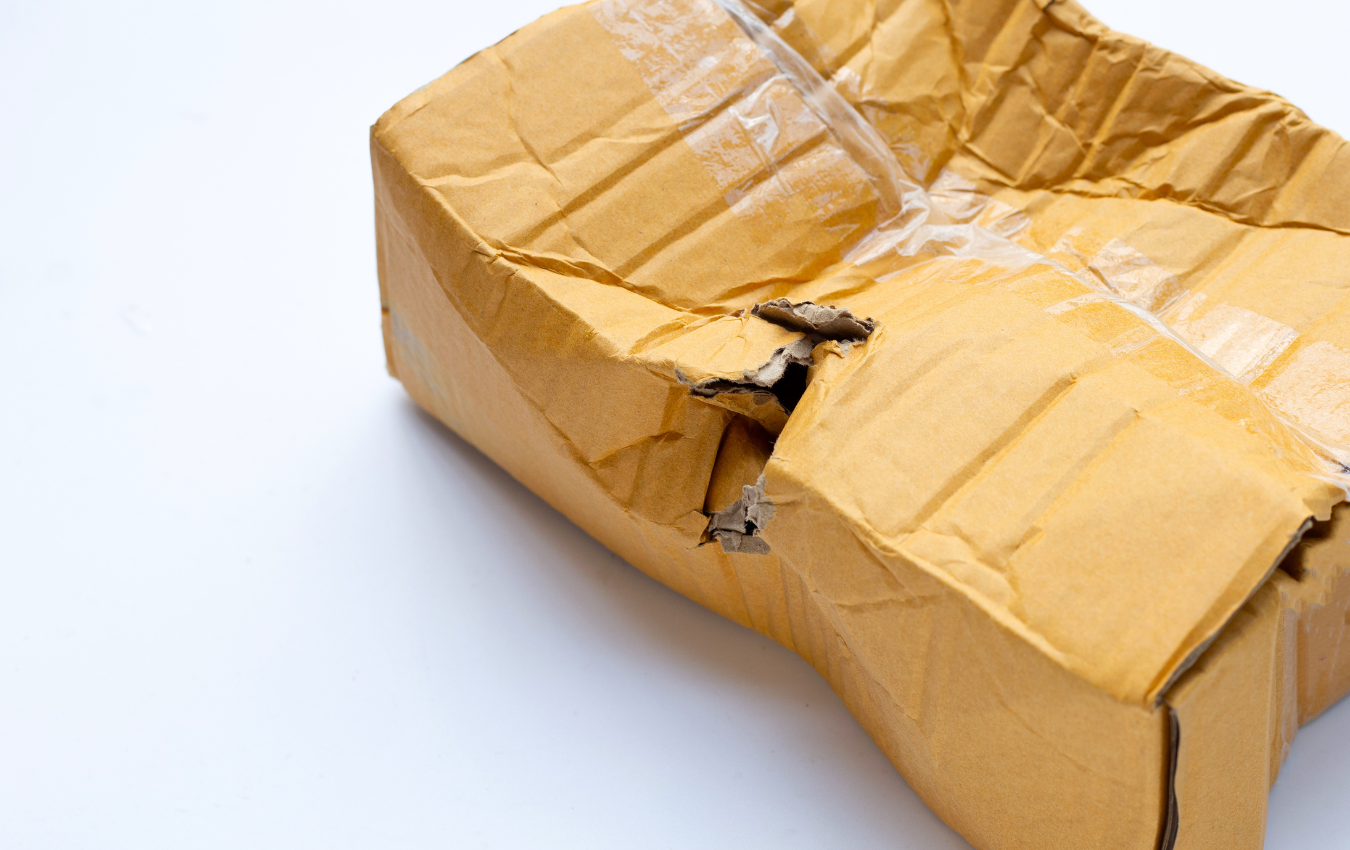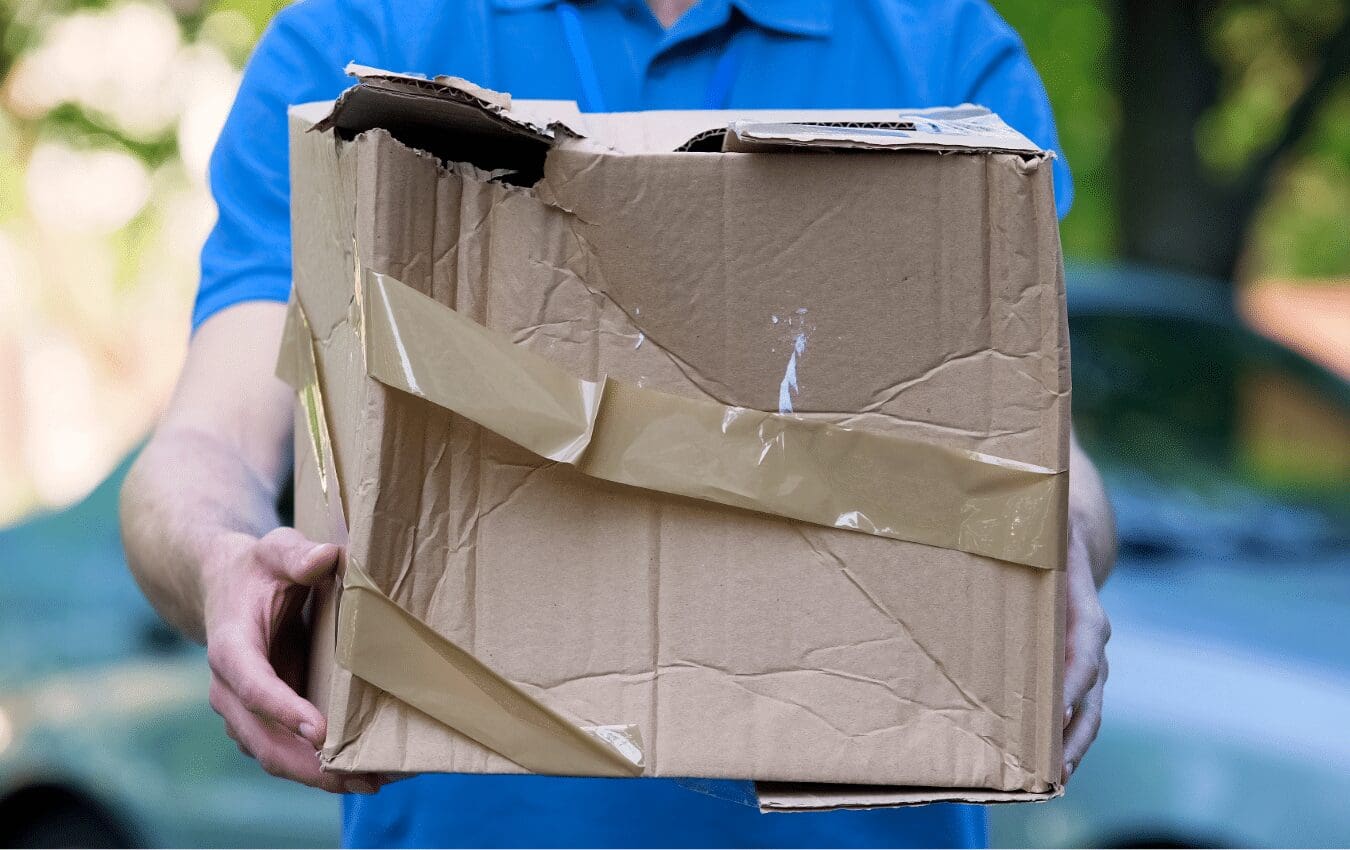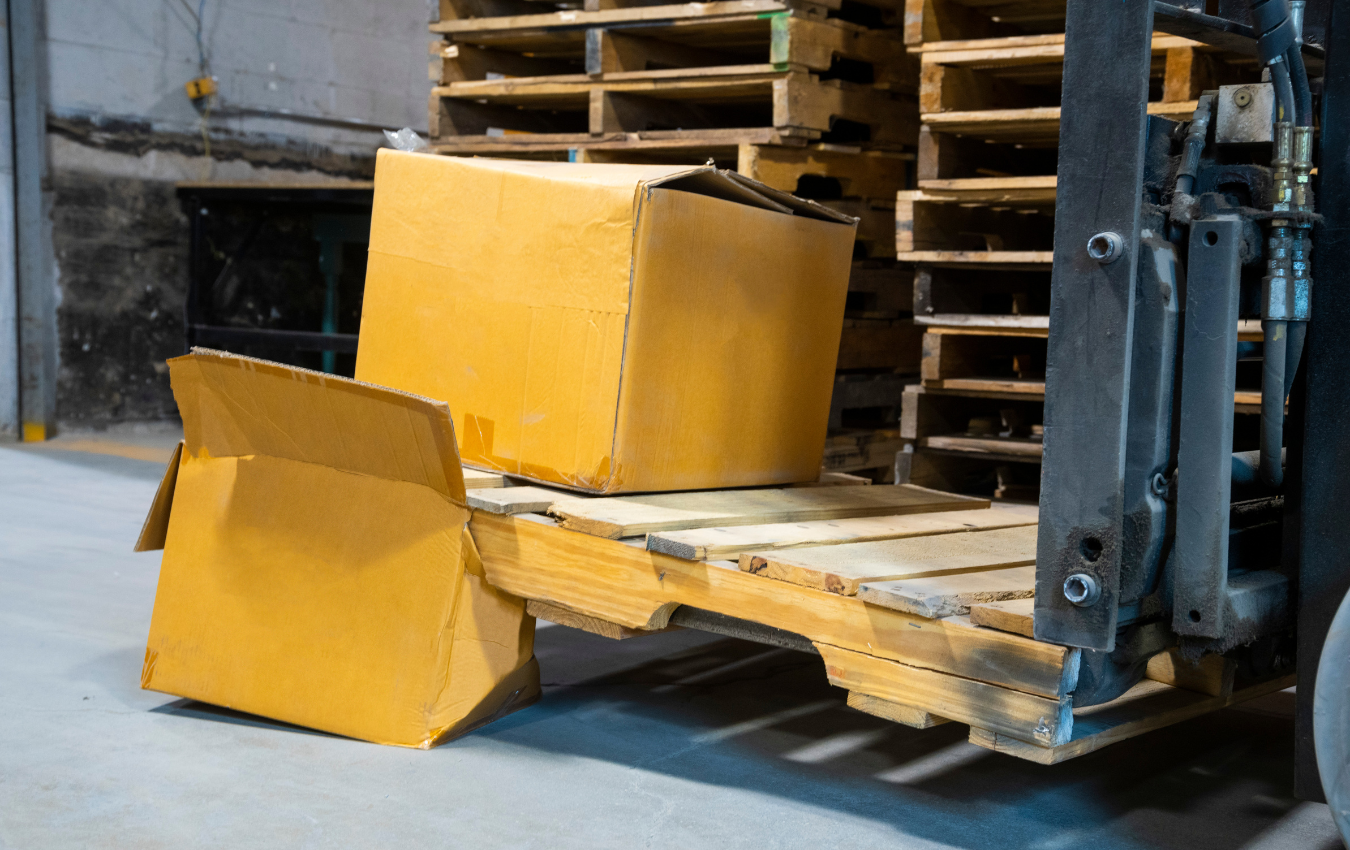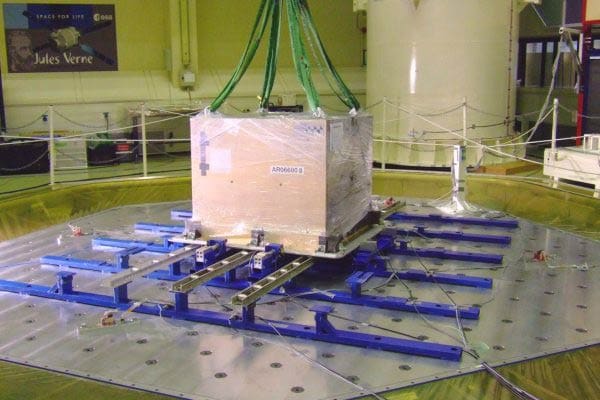Home » Understanding and Preventing Breakage in Packaging
Understanding and Preventing Breakage in Packaging

In the world of packaging and shipping, one of the most critical concerns is breakage – the damage that occurs to products during transit. This not only results in financial losses but can also tarnish a brand’s reputation. This blog post explores what breakage is in the context of packaging, its implications, and effective strategies to prevent it.
What is Breakage in Packaging?
Breakage refers to the damage that products sustain while being stored, handled, or transported. It can range from minor cosmetic damage to complete functional failure. Breakage is a significant issue in industries where products are fragile, such as electronics, glassware, or ceramics.
Implications of Breakage
The consequences of breakage are multifaceted:
- Financial Losses: The direct costs include the loss of the damaged goods and the additional shipping costs for replacements.
- Customer Dissatisfaction: Receiving damaged goods leads to customer dissatisfaction, impacting brand loyalty and repeat business.
- Reputation Damage: Frequent breakage issues can harm a company’s reputation, affecting long-term business prospects.

Causes of Breakage
Understanding the causes is key to prevention:
- Inadequate Packaging Materials: Using materials that don’t provide enough cushioning or support can lead to breakage.
- Poor Packaging Design: Design that doesn’t account for the product’s shape, size, or fragility can increase the risk of damage.
- Rough Handling: Mishandling during loading, unloading, and transit can cause breakage, especially if the packaging isn’t designed to withstand such conditions.
- Environmental Factors: Extreme temperatures, humidity, or pressure changes can also lead to product damage.

Preventing Breakage: Best Practices
- Choose the Right Packaging Materials:
- Utilize high-quality, durable materials that provide adequate cushioning and support.
- Consider materials like bubble wrap, foam inserts, or corrugated padding for added protection.
- Design Packaging with the Product in Mind:
- Custom-fit packaging can significantly reduce the risk of movement and impact.
- Ensure the packaging design considers the product’s weight, shape, and fragility.
- Test Your Packaging:
- Conduct drop tests and other simulations to assess the durability of your packaging under various conditions.
- Use the results to make necessary adjustments to your packaging design and materials.
- Label Packages Appropriately:
- Clearly label packages as ‘Fragile’ or ‘Handle with Care’ to encourage careful handling.
- Use directional labels if the product needs to be kept in a specific orientation.
- Educate and Train Staff:
- Provide training for staff in proper packaging techniques.
- Emphasize the importance of careful handling at all stages of the distribution process.
- Monitor and Adapt:
- Regularly review and analyze any instances of breakage to identify patterns or common issues.
- Be prepared to adapt your packaging strategies based on feedback and new challenges.
- Work with Reliable Shipping Partners:
- Partner with reputable carriers known for handling goods carefully.
- Consider insurance options for high-value items to mitigate financial risks.

If you are interested in packaging with optimal protection from breakage, then partner with Brown Packaging today to get started.
Corrugated board comes in multiple flute sizes and wall grades, each designed to balance strength, weight, and cost. Selecting the wrong grade can lead to
As tariff changes reshape global trade, packaging buyers moving production from China to the U.S. or nearshore regions face a new challenge: supplier qualification. Transitioning
With new tariff proposals and continued trade uncertainty, 2026 is shaping up to be another pivotal year for packaging sourcing strategy. Many companies that shifted
Following multiple rounds of tariff changes and trade policy adjustments, 2026 marks a turning point for U.S. packaging buyers. Many who previously transitioned from China
Shifting packaging production from China to the U.S. can help stabilize costs, reduce tariff exposure, and shorten lead times. But the transition process requires careful
RSC boxes are known for their efficiency and versatility, but their performance ultimately comes down to strength. Buyers often see numbers like ECT, BCT, and
Home » Understanding and Preventing Breakage in Packaging

In our daily lives, we come across a plethora of pharmaceutical products, either in our personal capacity or via someone close to us. In this

In shipping large quantities of goods, ensuring the safety and stability of pallet loads is paramount. Edge protectors play a vital role in protecting palletized

In the world of retail, theft and shoplifting pose significant challenges, costing businesses billions of dollars each year. While it may not be possible to


